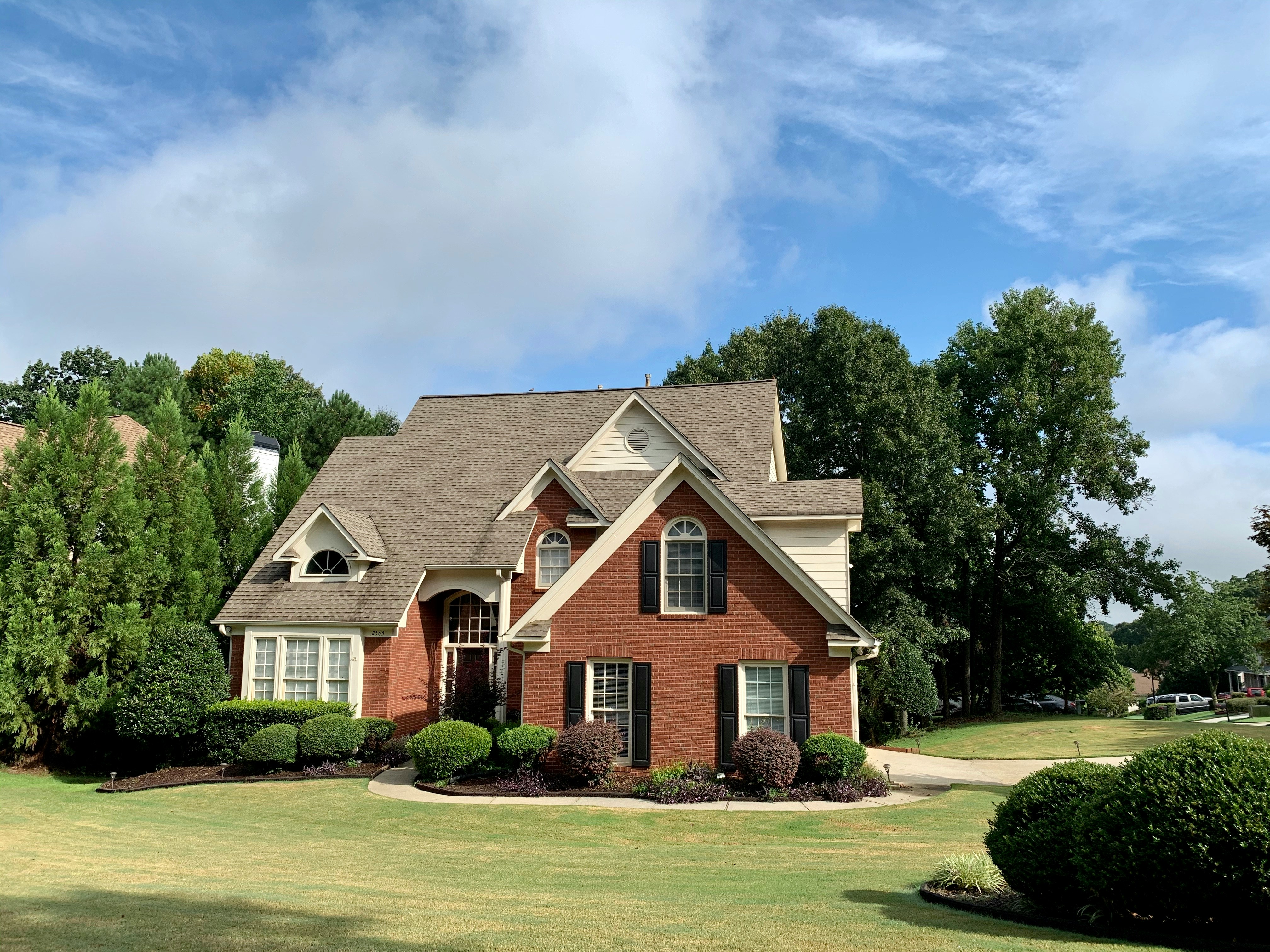Buying your first home feels like hitting a grown up achievement badge. You get keys, you take photos, you post the before and after living room shots, and for a while everything feels like a win. Then the first few months of mortgage, furniture, renovations, moving costs, and random surprise bills hit. Suddenly you are in the group of people who own a nice place but stress over every small expense. That is exactly what people mean when they talk about being house rich and cash poor. Being house rich and cash poor means most of your net worth lives inside your property, while your day to day bank accounts are starving. On paper you look successful, because you own an asset that is worth a lot. In real life you are sweating every time your friends suggest dinner, or when the car needs a repair, or when your boss hints that bonuses may be thin this year. The home is not the problem. The way you structure the money around it is.
The good news is this trap is avoidable if you treat the home not as a trophy, but as a long term project that has to fit into the rest of your financial life. The goal is not to be a minimalist monk who never goes out again. The goal is a setup where your mortgage feels heavy but stable, your savings continue to grow, and your lifestyle does not feel like it got downgraded the moment you signed the loan documents.
The first step to avoid being house rich cash poor is to ignore the emotional price and start with the cash flow price. Most buyers fall in love with a number the agent shows them. They hear that the bank is willing to lend a certain amount and they translate that into a maximum budget. The healthier way is to start by deciding what monthly payment you can live with before you even look at listings. Think of it the way you think about monthly subscriptions. If this payment was another big app subscription, at what amount would it stop being comfortable and start feeling like a constant headache. A simple guardrail many planners like is to keep housing costs within roughly a quarter to a third of your take home pay. That is not a hard law, and local contexts matter, but it is a useful red flag detector. If the mortgage, mandatory insurance, and basic utilities for the new place are pushing you far above that range, you are already leaning into house rich territory. The app friendly way to see this is to map your monthly income, then drag a slider to see how different mortgage amounts squeeze or relax the rest of your spending categories. When the food, transport, savings, and fun parts become tiny slices, that is your warning.
Next, be honest about the true upfront cost of getting the keys. The listing price is one number. The down payment, legal fees, stamp duties, valuation, agency fees, renovation, and furniture are another universe. First time buyers often commit to the maximum down payment they can scrape together because it lowers the loan and the monthly installment. That can work if you still keep a thick emergency cushion. It becomes dangerous if you empty almost every account just to hit a lower loan number. Instead of asking, how much down payment can I possibly pull off, try asking, how much down payment can I pay while still keeping at least three to six months of basic living costs in cash. The emergency fund should not live inside the property. It should live in a boring, liquid place that you can access if your income dips or life hits you with something expensive. If you have to choose between a slightly higher monthly installment with cash in the bank, or a lower installment with your savings wiped out, the first choice usually gives you more real world safety.
Renovations are another fast way into house rich and cash poor territory. Social feeds are full of aesthetic kitchen islands, fluted walls, and built in cabinetry. It is easy to treat the renovation process like a once in a lifetime makeover and justify every upgrade as necessary. The problem is that every extra built in feature is not just a design choice. It is a direct hit to your cash buffer. Many first time buyers discover too late that their dream bathroom is the reason they have zero savings when an emergency pops up. One way to stay sane is to split your renovation plan into two tracks. Track one is what is required for safety and basic function, such as electrical work, plumbing, major structural fixes, and essential storage. Track two is the nice to have aesthetic upgrades. Commit fully to track one because that protects the asset. Then choose only one or two items from track two for the first year, and treat the rest as future projects that you can cash flow once your savings recover. Your home does not need to be a Pinterest board on day one. It just needs to be livable, safe, and not a cash vacuum.
Lifestyle creep is the silent cousin of the house rich and cash poor problem. Once you own a home, you start to rationalize new spending that supports the new identity. You want nicer plates, better sheets, a bigger TV, newer appliances, and maybe a gym membership near the new place. None of these things are wrong. They just become dangerous when they all happen at once, in the same twelve month window where you already took on the biggest debt of your life. A better approach is to pace your lifestyle upgrades. Pick one category per quarter to level up. Maybe in the first three months you focus on making the bedroom great, with solid mattresses and blackout curtains, because sleep affects everything. Later in the year you can focus on the living room or the home office. That way your cash flow gets to breathe between upgrades, and you are less likely to wake up wondering where all your money went.
Another key habit is to treat your recurring home costs like a subscription bundle you can optimize. Your mortgage is usually fixed or semi fixed for a period, but many other costs are adjustable over time. For example, you can shop around for better home insurance, switch energy providers where possible, adjust internet plans, or reduce unused streaming and subscription services that were tolerable when you were renting but feel heavier now. Set a calendar reminder every six or twelve months to do a mini audit of these costs. You can think of it like unfollowing accounts that no longer add value, but for your bills. Tech can actually be your friend here. Many banking and budgeting apps can auto categorize your spending and show you how much of your money is going to housing, food, transport, debt, and everything else. Connect your accounts and let the app show you the trend. If you see housing and home related categories swallowing half your income or more, that is not a moral failure. It is simply a data signal that you need to slow down on extras, refinance when possible, or boost income through side gigs or career moves. You cannot fix what you do not track.
Speaking of income, one of the most overlooked ways to stay out of the cash poor zone is to align your career and housing timelines. If you are in a role where your income is likely to jump in the next few years, you might have more flexibility to carry a slightly heavier mortgage today, as long as you can still handle the payments if the raise is delayed. If you are in a volatile industry or planning a break for study, travel, or caregiving, your housing budget should be more conservative. A house should not force you to stay in a job or city that no longer fits your life. It also helps to plan for the seasons ahead, not just the first year. If you want kids, or expect to support parents, or plan to move abroad at some point, that should shape how aggressive you are with your first home purchase. A smaller or cheaper place that gives you enough room to build other parts of your life can be a smarter move than a maxed out property that locks you in. Remember that wealth is not just the price tag of your home. It is the combination of your savings, investments, flexibility, and peace of mind.
For some buyers, renting out a room or part of the home can act as a pressure valve for cash flow. That can work well if you are comfortable with the privacy tradeoff and your local rules allow it. Just be careful not to base your whole affordability math on perfect occupancy. Treat rental income as a bonus, not the only reason the numbers work. If a vacancy of a few months would wreck your budget, you are too close to the edge.
Finally, build a simple after move in routine for your money. For the first six to twelve months, assume there will be surprise costs. Things break. Condos send repair notices. Town councils do upgrades. Instead of panicking every time something comes up, set a specific monthly amount that you intentionally park into a home buffer account. It can be small, even a few percent of your income, but over time it becomes a shock absorber. Once that buffer feels solid, you can redirect extra money into investments or other goals.
Owning a home can absolutely be part of a healthy money story. It can give you stability, pride, and long term equity growth. But if all your financial energy goes into the walls around you, the rest of your life starts to feel smaller. The way to avoid being house rich and cash poor is not to avoid property altogether. It is to treat your first home like one piece of your wealth puzzle, not the entire picture. You do not need the biggest place the bank will approve. You need a home that fits your real budget, your real lifestyle, and your real future plans. When you walk through that door for the first time, the flex should not just be the size of the living room. It should be the quiet confidence that you can enjoy that space without your bank account crying in the background.













